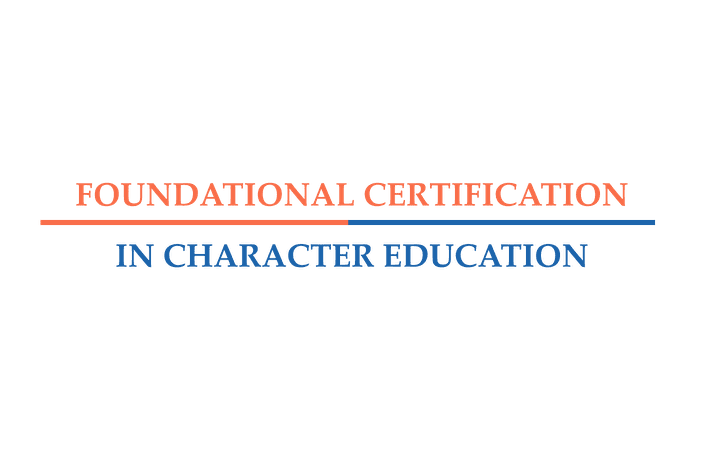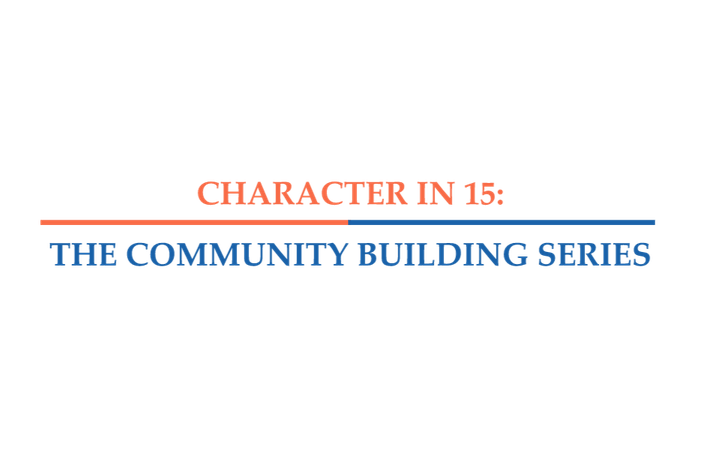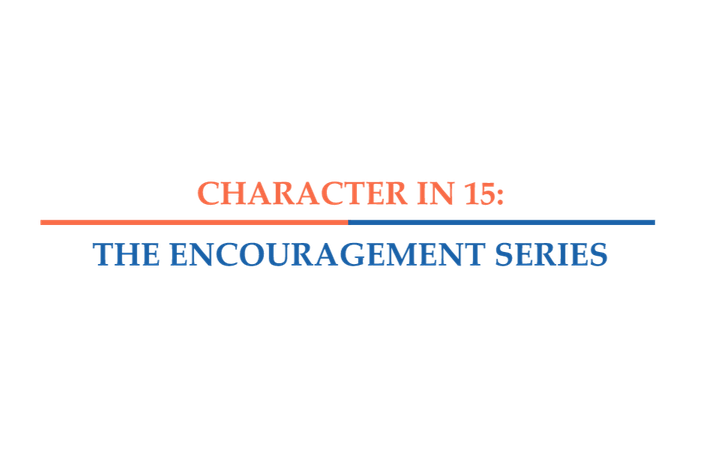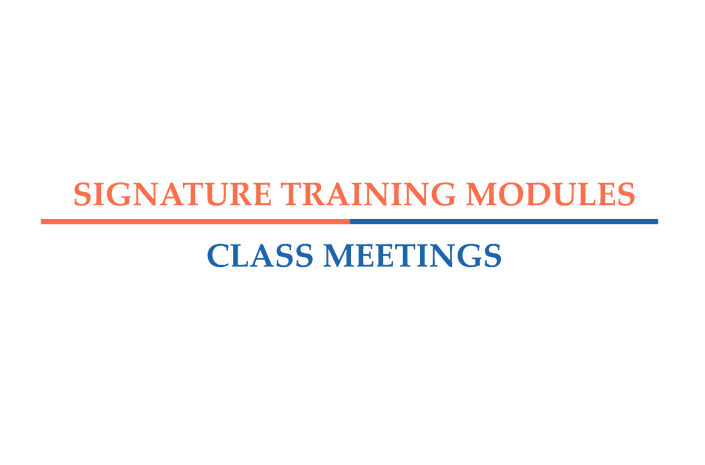

EXERCISING MORAL IMAGINATION
When it comes to compassion, empathy, kindness, respect, and advocacy for self and others, Characterlabs 2019 research on WeBe's approach reflected a 10% increase in a student's inclination to make a more favorable decision.
We know that building social, emotional, and character muscle takes more than a video and a discussion. But it can be an excellent way to begin flexing a young person's moral muscle. Particularly if it resonates. We're confident you will experience that with your students.

LESSON CURRICULUM
Kindness . Respect . Responsibility . Connected
ADDITIONAL MEMBERSHIP COURSES

THE SEARCH FOR SELF
Middle school is where kids begin the search for self. But anyone who’s been there knows that soul searching has little to do with it. For middle schoolers, the search for self is an outward one: a continual hunt for the selections, and rejections, that most accurately reflect who they are.
It probably goes without saying that for 13-year-olds, rejection usually gets the nod. And life options narrow as a result. But what if we can postpone the building of walls, the closing of doors, for even one more year? Who knows what light might find its way in?
Middle school is the time to try.
To be sure, middle schoolers aren’t clamoring to stand up. But at the same time, and this is important, they aren’t yet committed to standing back either. For the most part, they’re just standing by... waiting to see which way things might fall. This is the point where small nudges can lead to big change.
One kid turns. Now five. Then ten. They move in packs, middle schoolers do. They always will. Environments create and encourage the flow, but we know the movement can be steered positively too: toward their school, their group, and their own point of view.
How? No lectures, no lessons, no lame proclamations. We slide through the fences by ditching the typical “talking to tweens” nonsense. Optimism and attitude are equally important. The embarrassing will never be embraced.
Deep down, middle schoolers want to belong. They want to believe. We give them permission to do both.





